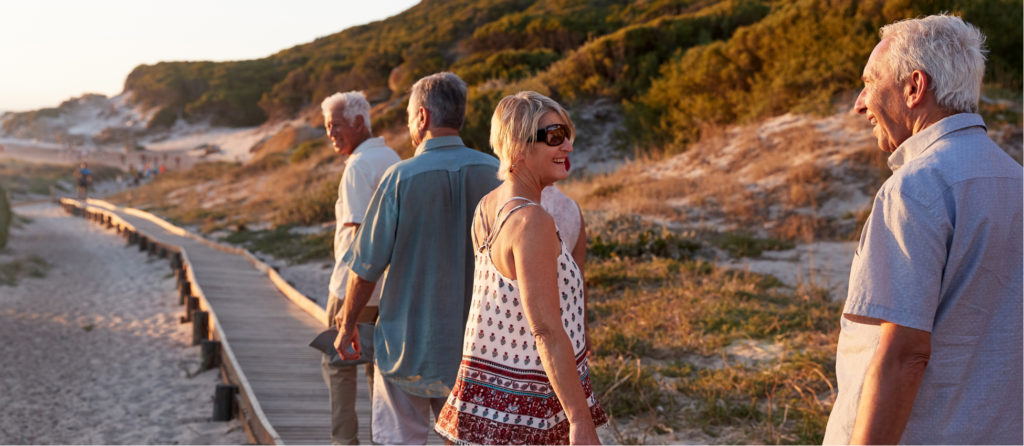MOULINS DE KEROUAT is a small 17thC hamlet which has been carefully restored as an eco-museum. It is just off the Commana to Sizun road. There is a large car park with a Visitor Centre selling a few craft items and books. We were given a map and an audiotour in English.
The hamlet of granite houses with slate roofs is about 300m walk down a leafy lane, surrounded by fields and woodland. A mill and water wheel was built here in the 17thC and a small hamlet gradually grew up round the mill. The last inhabitant left in 1965 when the hamlet was taken over by the the Department of Finistère and opened as an ecomuseum.
The river Stein was dammed to form a large mill pond with sluices controlling flow into the leat supplying the mill. The river valley would have been used for hay meadows but is now a wetland area with marsh plants.
The small hamlet is tucked away in the bottom of the valley. The track goes past a stone barn with a horse threshing machine beside it. There is a small barn with broom covered walls. Beyond, the bakehouse is to the left of the track with the upper mill and miller’s house with cowshed and stables. Opposite these on the right is an early 20thC stables. There are older stable buildings next to these with a cart shed. A lower mill is set back behind them. Next to this is the 19thC bakery with house attached. The hamlet formed a compact self contained unit and shows how a hamlet grew and developed. Having seen this we began to understand how modern hamlets developed as barns and stables are converted into houses.
Some of the buildings are furnished as they would have been in the 18thC. Others house exhibitions about the history, life and industry around the area. These are all in French.
The old bakery still has its wood fired oven and working table. The oven is covered with a clay roof which has a grass top to protect it. This is occasionally used on special bread making days. The Upper Mill was built in 1610 and ceased working in 1942. The wheel originally had scoops for the water but this was replaced in the 19thC by a more effective paddle wheel which was able to turn three millstones at the same time. This has been restored and still turns.
The miller’s house dates from 1777. The doorway has a rounded arch, unlike the stables and cowsheds which have rectangular doors. It has a beaten earth floor and open fire. There are box beds along the walls, a clock, round table and big cupboard. Above was used for storage and contains several grain chests. These are massive open boxes with carved sides. The cowshed was built on later next to the house and had a stable next to it. These now have exhibitions, as do the 18thC buildings opposite. The floors were built from granite to resist trampling by horses hoofs and the bays are separated by slabs of slate. The stable lads or servants would live above. The roof of the cart barn is supported on granite pillars.
The lower mill has the date 1812 but existed before then. It was powered by water from the upper mill. Inside the wooden mechanism has been restored. It was abandoned at the end of the 19thC.
A bakery was built next to the lower mill in 1812 with pig styes behind. This is a large building with an external staircase leading up to a storage area which was later used as a bedroom. This now has a collection of highly carved box beds and cupboards. Through this is a room furnished as a living area/bedroom typical of the mid/late 19thC. It has a small fireplace with table and chairs, a bed and cupboards lining the walls.
Downstairs, the floor is paved with slabs of slate. It is furnished as it would have been around 1830s with more box beds with chests in front of them. There is a big open fireplace with coffee makers above, dressers displaying china and a grandfather clock. There are butter churns and household utensils. Beneath the stairs is a large granite tub used for salting bacon.
This house was built for a wealthy family. At the back is an apoteis (a wing built off the main building) which is furnished as a dining area. There is a box table with a wooden bench built into the wall.
The hamlet is surrounded by fields and pastures. Buckwheat would have been one of the main crops. There is a small washing area away from the hamlet. In one of the fields is a small fountain which is all that is left of the chapel.
On the way back to the visitor centre is a late 19thC tannery building. This comes from Lampaul-Guimiliau and was reconstructed here. There wasn’t a tannery in the hamlet although in the 18thC there were 213 tanneries in the Elora valley. Downstairs are the vats which were used to soak the skins, wooden scraping boards and big barrels for rinsing. Upstairs reached by a an external staircase is the drying area where skins were hung to dry on poles suspended from the ceiling. It has moveable wooden shutters which are characteristic of all tannery buildings.
It is a 5-10minute walk from the visitor Centre to the hamlet, so chose a fine day to visit. The path is well made and should present no problems for people with limited mobility. There may be a small step into the buildings. Upstairs rooms are only accessible by staircase.
This is one of two eco-museums in the Monts d’Arrée region of France. I have written a separate review for Maison Cornec. Both are very well worth visiting.
The website of Moulins de Kerouat is here: http://tinyurl.com/7jvl8pj
Our pictures can be seen here: http://wasleys.org.uk/france/brittany_11/ab_wk3/43/index.html








